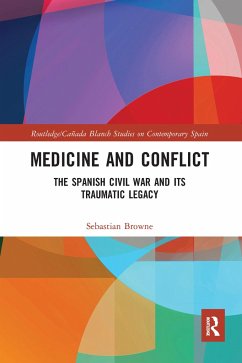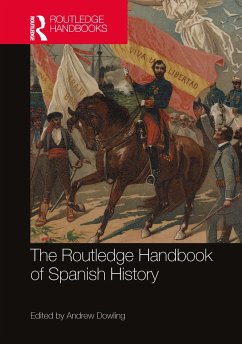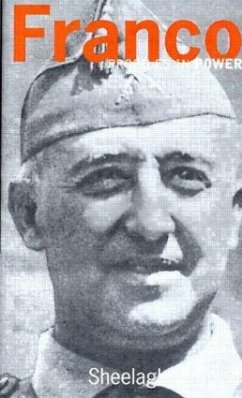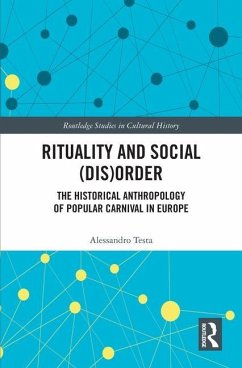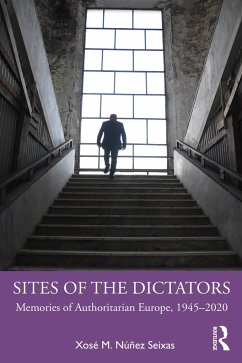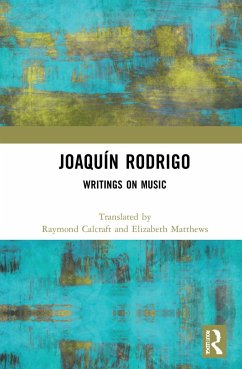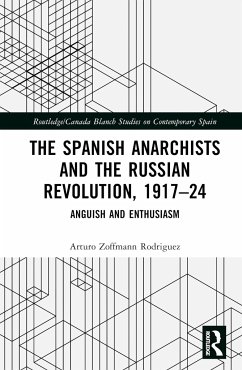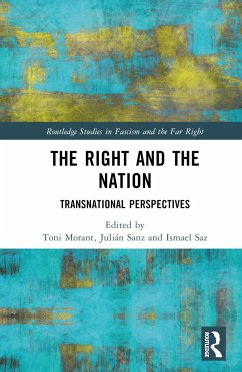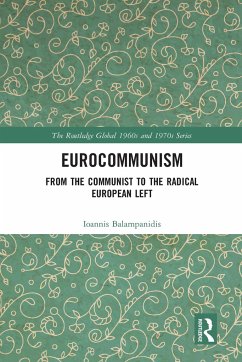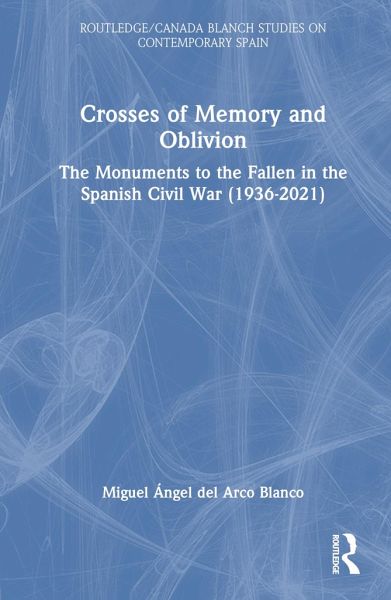
Crosses of Memory and Oblivion
The Monuments to the Fallen in the Spanish Civil War (1936-2022)
Versandkostenfrei!
Versandfertig in 6-10 Tagen
154,99 €
inkl. MwSt.
Weitere Ausgaben:

PAYBACK Punkte
77 °P sammeln!
This book explores the history and legacy of monuments to the fallen from the Francoist side in the Spanish Civil War. Del Arco Blanco studies thousands of monuments in towns and cities across Spain to provide a detailed account of the history and memory of the civil war, Francoism, and the transition to democracy.Chapters in the book focus on the myth of those said to have 'fallen for God and for Spain'-a phrase that encapsulated and shaped the dichotomy between 'good' and 'bad' Spaniards. They also focus on the use of monuments to control political and ideological ideals and to legitimise th...
This book explores the history and legacy of monuments to the fallen from the Francoist side in the Spanish Civil War. Del Arco Blanco studies thousands of monuments in towns and cities across Spain to provide a detailed account of the history and memory of the civil war, Francoism, and the transition to democracy.
Chapters in the book focus on the myth of those said to have 'fallen for God and for Spain'-a phrase that encapsulated and shaped the dichotomy between 'good' and 'bad' Spaniards. They also focus on the use of monuments to control political and ideological ideals and to legitimise the Francoist dictatorship. Further chapters study Spanish society's struggle to deal with its past of mass killing, denial, and exclusion. Del Arco Blanco also pays attention to the way the Francoist authorities used monuments and memory for their political and ideological advantage and to control people, power as well as the political agenda.
The book draws on extensive research to reconstruct both the specific history of monuments scattered throughout the country and their role within manipulative Francoist memory of the Spanish Civil War. In these ways, monuments helped shape the Francoist narrative and memory, but they also became part of the landscape of contemporary Spanish history.
This book is an excellent resource for postgraduate students and professional researchers studying the aftermath of the Spanish Civil War, and the influence of monuments on the construction of national memory, culture, and society in Spain both at the time and through to the present day.
Chapters in the book focus on the myth of those said to have 'fallen for God and for Spain'-a phrase that encapsulated and shaped the dichotomy between 'good' and 'bad' Spaniards. They also focus on the use of monuments to control political and ideological ideals and to legitimise the Francoist dictatorship. Further chapters study Spanish society's struggle to deal with its past of mass killing, denial, and exclusion. Del Arco Blanco also pays attention to the way the Francoist authorities used monuments and memory for their political and ideological advantage and to control people, power as well as the political agenda.
The book draws on extensive research to reconstruct both the specific history of monuments scattered throughout the country and their role within manipulative Francoist memory of the Spanish Civil War. In these ways, monuments helped shape the Francoist narrative and memory, but they also became part of the landscape of contemporary Spanish history.
This book is an excellent resource for postgraduate students and professional researchers studying the aftermath of the Spanish Civil War, and the influence of monuments on the construction of national memory, culture, and society in Spain both at the time and through to the present day.




